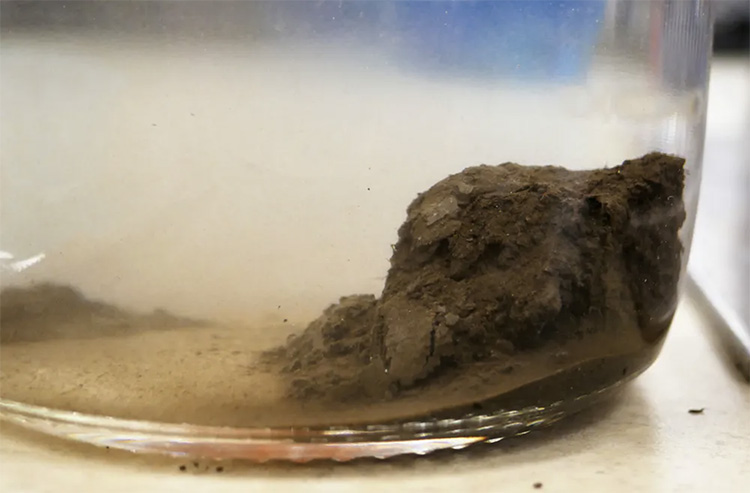The Conversation features research brief by Tom Hill and Jessie Creamean
Research scientists Jessie Creamean and Thomas Hill wrote this Research Brief, a short take about interesting academic work, for The Conversation, an independent collaboration between editors and academics that provides informed news analysis and commentary to the general public.
Permafrost – frozen soil in the far north – is thawing, releasing greenhouse gases and long-lost microbes. But one thing that scientists have not studied extensively is whether permafrost contains certain kinds of particles that could affect clouds and weather.
As atmospheric scientists, we found in a recent study that thawing permafrost contains lots of microscopic ice-nucleating particles. These particles make it easier for water droplets to freeze; and if the ones in permafrost get airborne, they could affect Arctic clouds.
In the summer of 2018, one of us, Jessie Creamean, went to Fairbanks, Alaska, and collected samples of permafrost from a research tunnel deep underground. These samples ranged from 18,000 to 30,000 years old, and our team tested them to see how many ice-nucleating particles are hiding in permafrost.
It turns out permafrost contains a ton of them – up to 100 million highly active individual particles per gram of mostly dead microbes and pieces of plants. This density is on par with what is found in fertile soils, which are some of the most concentrated sources of ice-nucleating particles on Earth. Everywhere in the world, ice-nucleating particles typically play a major role in cloud behavior, and the strength of that effect is still being studied.
Read the full article, “Thawing permafrost is full of ice-forming particles that could get into atmosphere.”
Photo at top: This 18,000-year-old permafrost sample contains millions of ice-nucleating particles per gram. Credit: Thomas Hill, CC BY-ND



